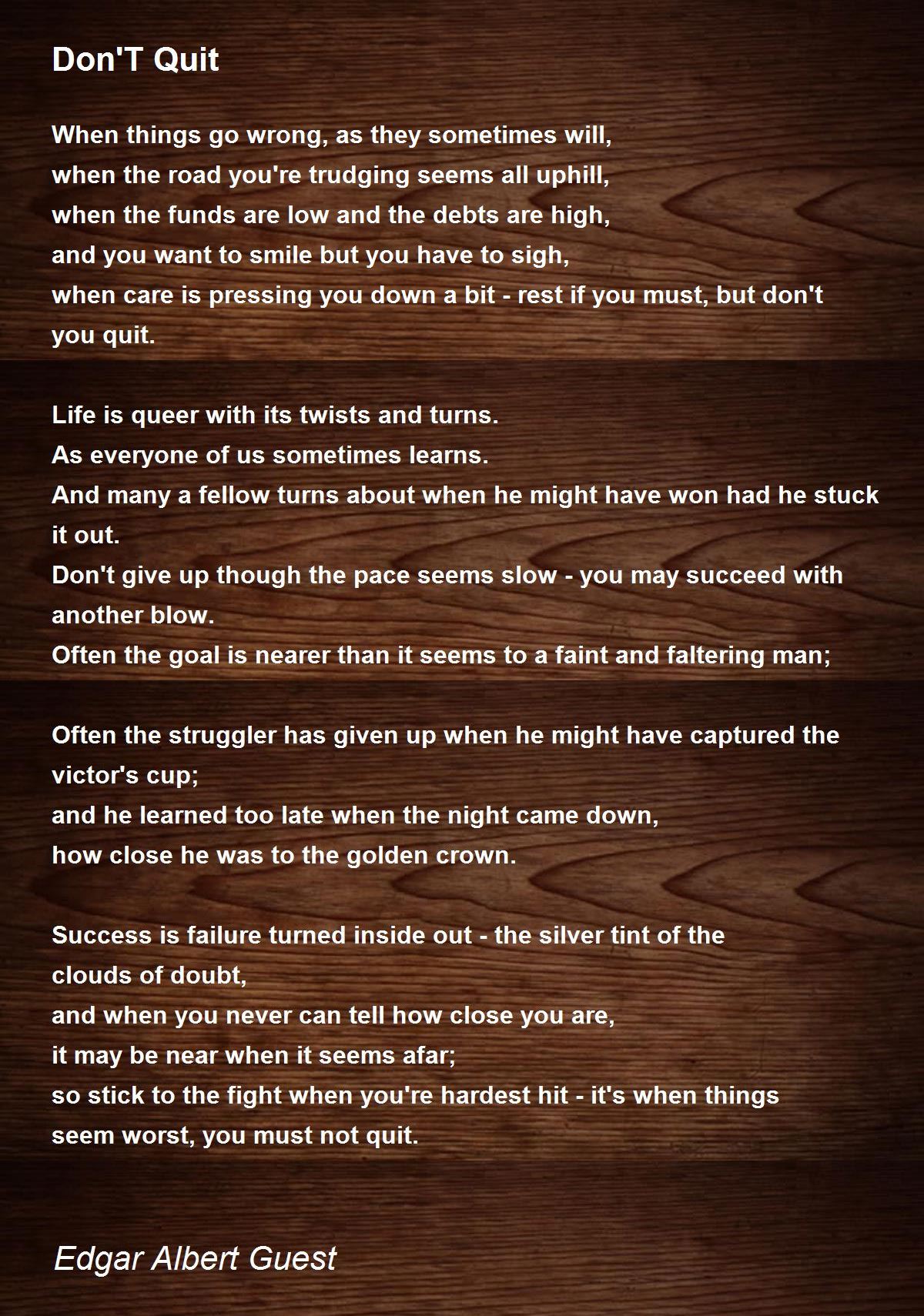
The Flying Gauchito (The Three Caballeros) It’s a crass pantomime of cultural insensitivity. By the time Goofy is dancing to “the song of the farmer’s daughter” with a horse wearing a dress, any arguable merit in this short has flown out the window. We only see this classic fool modeling a culture he’s entirely ill-equipped for, implicitly mocking the idea of gauchos via his presence. Goofy is the only demonstration we’re offered of the gaucho - he has no local guide or associates.

Throwing a wrench into the works, though, is the fact that we learn about them through the device of Goofy, who’s depicted as a southwestern cowboy plucked from his environs and dropped in Latin America, where he demonstrates dress, cuisine, and various other aspects of the gaucho life. In El Gaucho Goofy, we learn about the lifestyle of Latin American horsemen known as gauchos. If only the efforts weren’t so ham-fisted, as demonstrated by this disappointing entry. (And celebrating Donald Duck’s sexuality.) These films were part of America’s “Good Neighbor” campaign, which sought to build bridges between Latin America and the United States. El Gaucho Goofy (Saludos Amigos)ġ942’s Saludos Amigos is one of two Disney package films “celebrating” Latin American culture. This one might rank higher without the war-paint moment, but it’s just too egregious. The material around it isn’t strong enough to distract from its ugliness - though a cartoon Western can be good fun, the storytelling in Pecos Bill feels rote, and the animation is unimaginative. In this “tall tale straight from the chuck wagon,” the eponymous cowpoke startles a group of “redskins” happily slapping war paint on each other, and their comic terror is so extreme that the paint flies off their bodies and onto the rocks around them, lending the painted desert its name. These stereotypes were wrong then and are wrong now.” The final short in 1948’s Melody Time earns the classification for one specific moment that’s startling enough to land Pecos Bill in the bottom spot on this list.
DONT QUIT POEM EDGAR GUEST PLUS
Several of Disney’s package films on Disney Plus open with the same disclaimer, which begins: “This program includes negative depictions and/or mistreatment of people or cultures.
DONT QUIT POEM EDGAR GUEST FULL
Here’s a full ranking of these shorts, to help you sift through the problematic muck on your way to the treasures within.

DONT QUIT POEM EDGAR GUEST HOW TO
So how to approach the package films? Perhaps it’s best to treat them as Bank of America preferred: Not as features at all, but as 31 short films of wildly varying effectiveness. Most galling from a 21st-century perspective, many of them traffic in racial and cultural stereotypes that were probably the ultimate factor explaining why these odd collections have largely been memory-holed. These shorts range in length from a few minutes to half an hour long, and in subject matter from a Mickey Mouse adventure to social propaganda to abstract interpretations of jazz music.

So Disney shelved Peter Pan, Alice in Wonderland, and other projects for a while, and from 1943 to 1949, the studio produced 31 shorts, bundled into six features. Due to the financial underperformance of Pinocchio, Fantasia, and Bambi, and the limitations World War II put on the potential worldwide box office, Disney’s financiers at Bank of America would only continue supporting the studio’s animated projects if Walt Disney stuck to the less costly work of producing shorts.

Why haven’t those package films been remembered in the same breath as the animated Disney films that bookend them? The answer is mired in the history of Disney’s financial affairs, and World War II’s impact on the animation industry. The decade kicked off with three all-time classics - 1940’s Fantasia, 1941’s Dumbo, and 1942’s Bambi - but the balance of the ’40s was devoted to so-called “package films,” six anthology features that bridged the gap before the classics picked up again with 1950’s Cinderella. The 1940s were a strange period in the history of Disney animation.


 0 kommentar(er)
0 kommentar(er)
